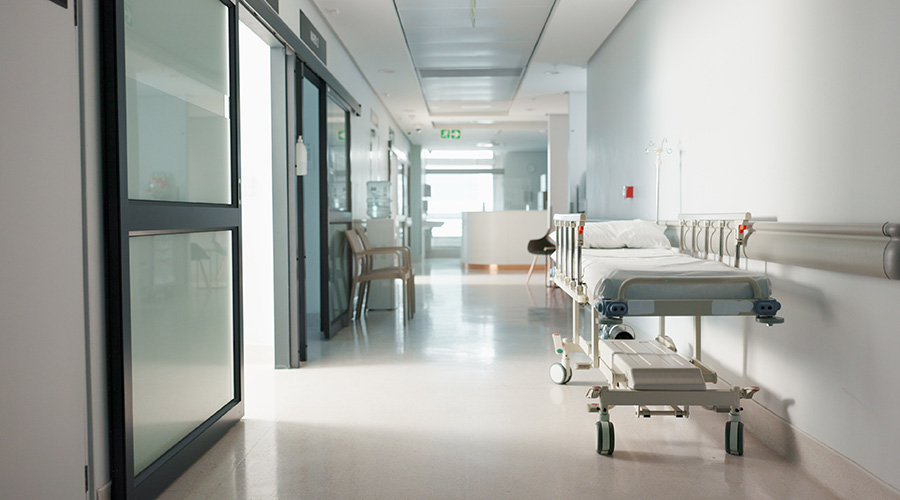Healthcare workers are often at risk for exposure to hazards such as bloodborne pathogens, harmful chemicals, and infectious diseases. The number of nonfatal occupational injuries and illnesses in healthcare workers is among the highest of any industry. Though it is impossible to prevent all exposures to hazards, with the proper safety precautions healthcare workers can help to reduce the risk.
What are some types of bloodborne and infectious diseases?
-
Bloodborne diseases: HIV/AIDS, Hepatitis B, and C.
-
Other common infectious diseases:
-
Bacterial: “Staph” skin infection, pneumonia, urinary tract infection
-
Parasitic: Giardia diarrhea
-
Viral: Influenza, respiratory infections, diarrhea, chickenpox, measles, mumps
How might healthcare workers be exposed?
There are numerous ways healthcare workers can be exposed to bloodborne pathogens or infectious diseases. Some of the most common scenarios include, getting stuck by a needle or “sharp” that has infected blood or fluid on it (for example; a needle, a razor, or a piece of broken glass.). Sharps and needle stick injuries are a serious problem, resulting in nearly 385,000 injuries to hospital healthcare workers annually. Sharps injuries are associated with the transmission of hepatitis B virus (HBV), hepatitis C virus (HCV), human immunodeficiency virus (HIV), and over 20 other pathogens.
Other ways healthcare workers are exposed to infectious disease are by touching the eyes, nose, or mouth after touching contaminated materials, or inhaling droplets when an infected person coughs or sneezes.
How can occupational exposures be prevented?
Proper hand washing is one of the most effective ways to prevent the spread of infections. According to the CDC, proper handwashing reduces the number of individuals who get sick with diarrhea by 31%, and it reduces respiratory illnesses, such as colds by 16-21 percent. The CDC also recommends covering coughs and sneezes because Influenza (the flu) and other serious respiratory illnesses are easily spread through a cough, sneezing, or unclean hands.
Staying current on vaccinations is another way to prevent sickness from occupational exposure. Every year thousands of adults become sick from vaccine-preventable diseases. Many are admitted to the hospital, and some may even die due to preventable disease.
Other prevention measures include: Adhering to proper guidelines when dealing with blood or contaminated items. The proper handling and disposing of linens and wastes. Proper handling and disposing of sharps (for example- needles and diabetes sticks). Using the proper-fitting gloves, masks, and protective clothing when necessary. NEVER touching the eyes or mouth while wearing used gloves. When removing gloves, pull down from inside the wrist, so that they are inside out. Ensure the proper disposal gloves when finished.
References:
https://www.cdc.gov/niosh/docs/2015-102/pdfs/f14_handout_4_2015-102.pdf
https://www.cdc.gov/hai/pdfs/bbp/exp_to_blood.pdf
https://www.osha.gov/SLTC/healthcarefacilities/infectious_diseases.html
https://www.cdc.gov/handwashing/why-handwashing.html
https://www.cdc.gov/sharpssafety/
Christine Queally Foisey is the CEO of MedSafe.

 Healthcare Is the New Retail
Healthcare Is the New Retail Bridgeway Behavioral Health Services Launches Campaign to Renovate Health Center
Bridgeway Behavioral Health Services Launches Campaign to Renovate Health Center Ground Broken for New North Dakota State Hospital
Ground Broken for New North Dakota State Hospital AI Usage for Healthcare Facilities
AI Usage for Healthcare Facilities Ground Broken on Pelican Valley Senior Living Modernization Project
Ground Broken on Pelican Valley Senior Living Modernization Project